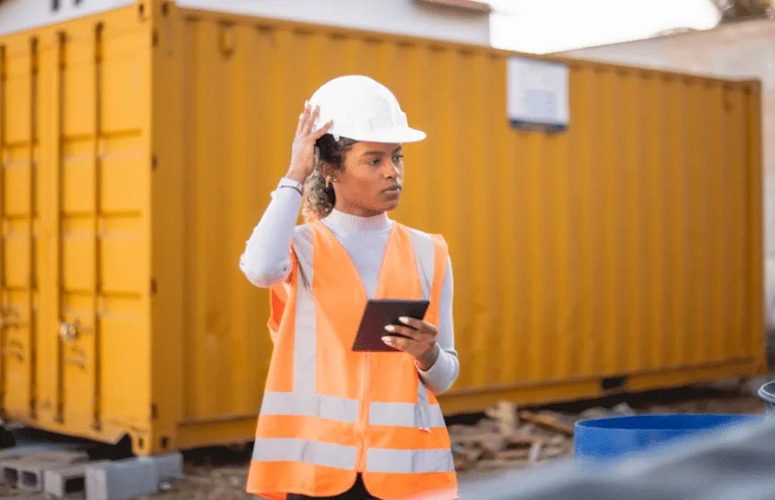How to recycling building waste
Construction site waste requires careful sorting, separate collection, reuse and eco-design on the way. The construction site waste recycling sector has been operational since 2003, with the recent certification of four eco-organizations. Objective: generate more virtuous practices in terms of collection, sorting of waste, reuse and eco-design. Born from extended producer responsibility, applied to construction products and materials in the building sector, the new construction site waste recycling sector is operational.
Certified eco-organizations in Florida have opened their doors to the free recovery of building waste, at more than 500 collection points. These eco-organizations work together to provide a unique response to building stakeholders. Their financing is based on the levy of an eco-contribution on each product placed on the market. Various parameters make it possible to calculate it, such as the recyclability of the materials used and the weight of the products.
Circular economy and zero waste objective to improve the carbon footprint of construction
Today, the sector’s waste recovery rate, of the order of 59% according to the Florida Department of Environmental Protection, mainly concerns inert materials, notably concrete waste used in embankments. On the other hand, the recovery rate for secondary work products (1 million tons) is much lower, around 22% (wood, plastics, composite products, etc.).
And this is where everyone’s efforts will have to focus, starting with those involved in the building industry whose practices will have to change, with the generalization of sorting at source. Concretely, this program provides free collection of building waste to construction companies, craftsmen and individuals. Collection is provided by eco-organizations.
The long-term objective is to network the territory of Florida with collection points in Daytona Beach and elsewhere, according to local needs, but also to strengthen the accessibility of collection points according to the constraints of professionals, with the use of dumpster hires. Finally, the establishment of this sector will make it possible to de-saturate the network of local authority recycling centers.
Managing inert waste from construction sites
New tools are available to businesses to manage waste.
The first challenge will be sorting and make it easy, recalled Mike Brown, president of Daytona Dumpster Rental HQ. To help businesses and artisans, eco-organizations have made several tools available to them:
- a free geolocation tool to identify the nearest recovery point and the type of authorized flow; the four eco-organizations have centralized the coordinates of their recovery sites in an interactive map
- signs are put in place in recycling centers and at material distributors, flow by flow. One of the keys to success will indeed be sorting at source
The price of materials impacted by the eco-contribution
If the collection of waste becomes free in the future, transport will initially be partially chargeable, using dumpster rentals. Then, the eco-organization will gradually cover the transport costs of this waste.
The prices of materials will therefore be impacted, in a small proportion for the buyer: it will increase by 1% at most. The most processed products will be more impacted than other materials. On the other hand, metal waste will only be slightly impacted, due to its positive value (they can always be resold by companies to scrap dealers whose sector will not disappear).



